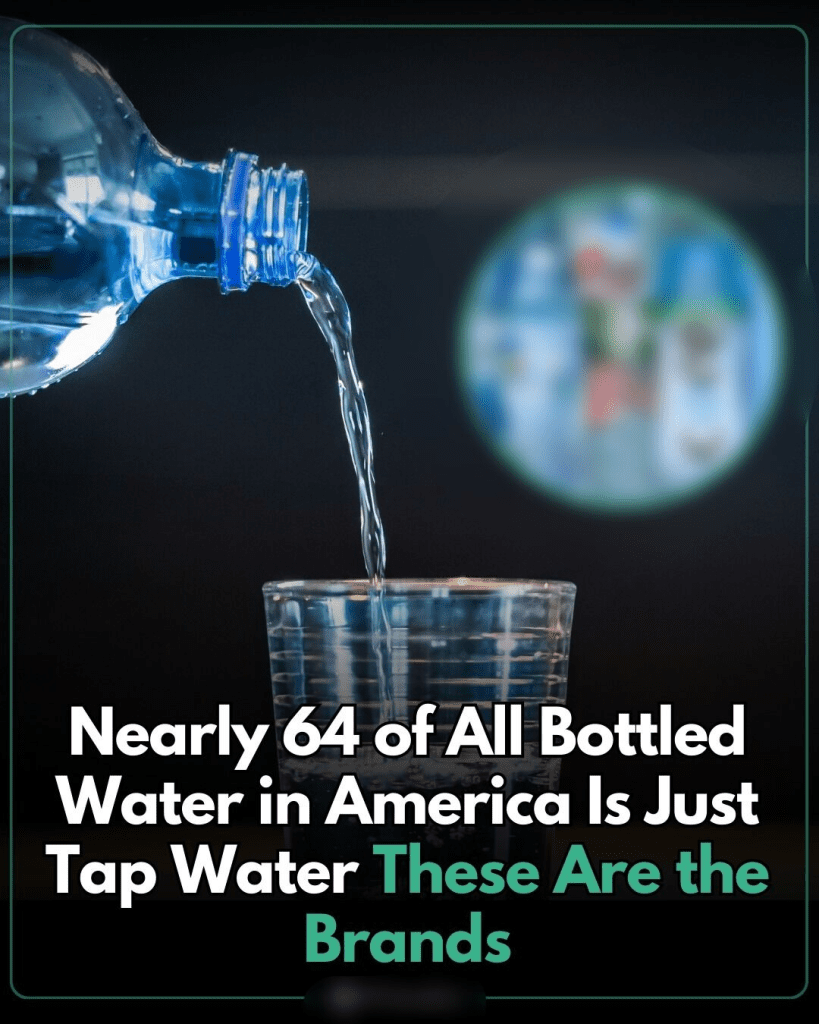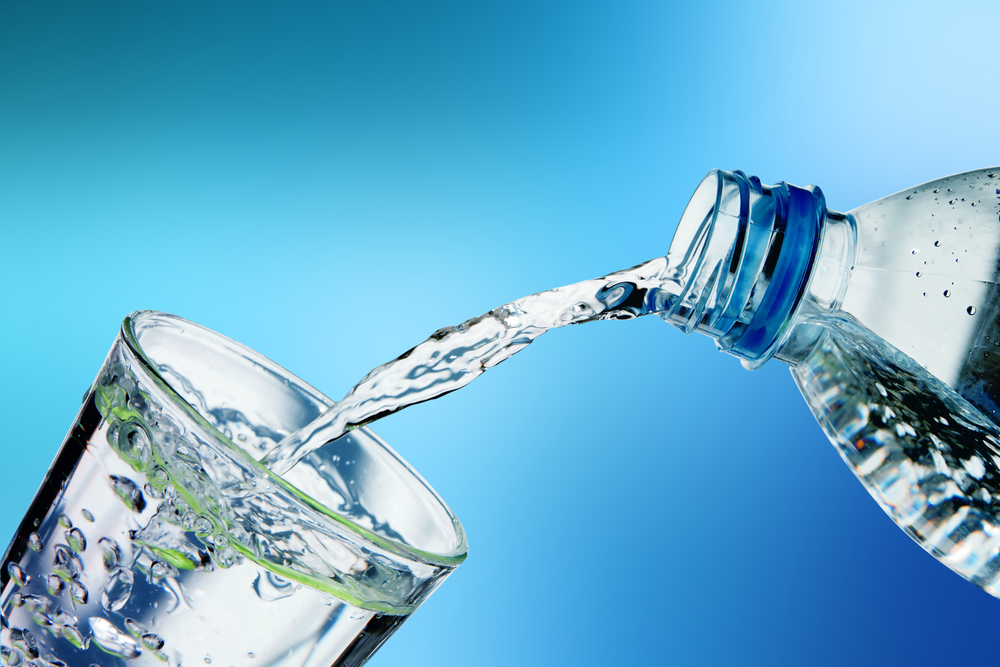A shocking new study has revealed that nearly 64% of bottled water sold in the United States comes directly from municipal water supplies. In other words, most of the bottled water brands that consumers trust are essentially just repackaged tap water. While many believe they are paying for a cleaner, purer, and safer alternative, the reality is that some of these companies do little to enhance the water before bottling it. In fact, some brands have even been found to contain contaminants that exceed safety limits. This revelation raises concerns about transparency in the bottled water industry and whether consumers are truly getting what they pay for.

The Brands You Should Know: Transparency and Contamination Issues
Several bottled water brands have faced scrutiny over their questionable water sources and potential contamination issues. Some of the most notable brands that have been identified as selling municipal water with little to no purification include:
- Aquafina (PepsiCo) – Sourced from public water systems and filtered through a purification process.
- Dasani (Coca-Cola) – Also derived from tap water and filtered through reverse osmosis.
- Nestlé Pure Life – Primarily municipal water, often treated with added minerals for taste.
- Glacier Clear – Sourced from municipal water supplies with limited additional purification.
- Walmart’s Great Value and Sam’s Choice – Reports have indicated potential contamination issues in some batches.
While some of these brands do undergo purification processes, the fact remains that they originate from the same municipal sources as the water from your kitchen tap. Some brands have even been found to contain pollutants such as microplastics, arsenic, and chemical byproducts.
Video: Bottled Water is Just Tap Water? The Truth About Cost and Marketing Tricks
Bottled Water vs. Tap Water: Which is Safer?
The perception that bottled water is inherently safer than tap water is largely driven by marketing rather than fact. In reality, municipal water in the U.S. is often more rigorously tested and held to stricter safety standards than bottled water.
- Tap Water Regulations: The Environmental Protection Agency (EPA) enforces stringent safety standards on public water systems, requiring frequent testing and transparent reporting of contaminants.
- Bottled Water Regulations: The Food and Drug Administration (FDA) oversees bottled water, but its regulations are often less rigorous than those imposed on tap water. Bottled water companies are not required to disclose test results as publicly as municipal water systems are.
- Hidden Contaminants: Independent testing has found that some bottled water brands contain unsafe levels of pollutants, including PFAS (forever chemicals), bacteria, and heavy metals.
While there are cases where bottled water is necessary, such as in areas with poor water quality or during emergencies, for most Americans, tap water is a safe and cost-effective choice.

The Environmental and Financial Cost of Bottled Water
Beyond safety concerns, the bottled water industry has a devastating impact on both the environment and consumers’ wallets.
- Plastic Pollution: The production and disposal of plastic water bottles contribute heavily to global pollution. Each year, billions of plastic bottles end up in landfills and oceans, where they take centuries to break down.
- Carbon Footprint: Bottled water production requires vast amounts of energy for processing, bottling, and transportation, leading to increased carbon emissions.
- Financial Waste: Consumers pay up to 2,000 times more for bottled water than they would for tap water. While tap water costs fractions of a cent per gallon, bottled water often sells for several dollars per gallon, making it one of the most overpriced consumer goods.
Video: Study finds hundreds of contaminants in U.S. drinking water
What Consumers Can Do to Make Smarter Choices
With the growing concerns surrounding bottled water, consumers can take action to make healthier, more sustainable, and cost-effective choices:
- Invest in a Water Filter: Home filtration systems, such as reverse osmosis or activated carbon filters, can effectively remove contaminants and improve the taste of tap water.
- Use a Reusable Bottle: Switching to a high-quality, BPA-free reusable bottle reduces plastic waste and saves money over time.
- Research Bottled Water Brands: If bottled water is necessary, choose brands that are transparent about their water sources and purification processes.
- Check Water Quality Reports: Most municipalities provide public access to annual water quality reports, allowing consumers to stay informed about their tap water’s safety.
Conclusion
The bottled water industry has long capitalized on the idea that bottled water is cleaner, safer, and of higher quality than tap water. However, the reality is that nearly two-thirds of bottled water brands rely on municipal sources—meaning consumers are often paying for something they can get for free at home.
With tap water being more strictly regulated, environmentally friendly, and far more affordable, the push for greater awareness and sustainable choices is stronger than ever. By making informed decisions, consumers can avoid falling for misleading marketing tactics while also reducing waste and saving money. In the end, the best water choice is often the one that comes straight from the tap.